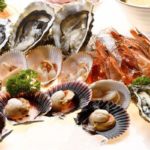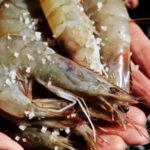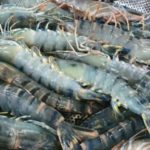Shrimp is a beloved dish among children and a common delicacy at family dinners. However, to make delicious boiled shrimp, there are a few key techniques to ensure they turn out just right – a bright red color, without any black heads, and a sweet, non-fishy aroma.
Proper Shrimp Preparation
To eliminate the shrimp’s fishy odor, rinse them under running water as soon as you get home. Use a sharp toothpick or knife tip to remove the black vein on the shrimp’s back, as this is the digestive tract and can contain impurities. Next, squeeze the head of the shrimp to remove any residual waste, as the head is a hollow cavity that often holds dirt and bacteria. After cleaning, soak the shrimp in a bowl of water mixed with a small amount of cooking wine or white wine, and then rinse and drain them.

Soaking shrimp in white wine helps reduce fishiness
Boiling Shrimp to Perfection
Fill a pot with enough water to submerge the desired amount of shrimp. Add some sliced ginger, salt, apple cider vinegar, and seafood seasoning (if available) to the pot. These ingredients will enhance the sweetness and flavor of the shrimp. Bring the water to a boil.
While waiting for the water to boil, prepare a large bowl of ice-cold water. Once the water reaches a rolling boil, gently lower the shrimp into the pot. Do not cover the pot, as this can trap the amino acids and cause a fishy odor. Boil the shrimp for approximately 3-5 minutes, depending on their size. Overcooking will result in tough, chewy shrimp. As soon as the shrimp turn red and a few start floating to the surface, turn off the heat and let them sit in the hot water for an additional 1-2 minutes to ensure even cooking.
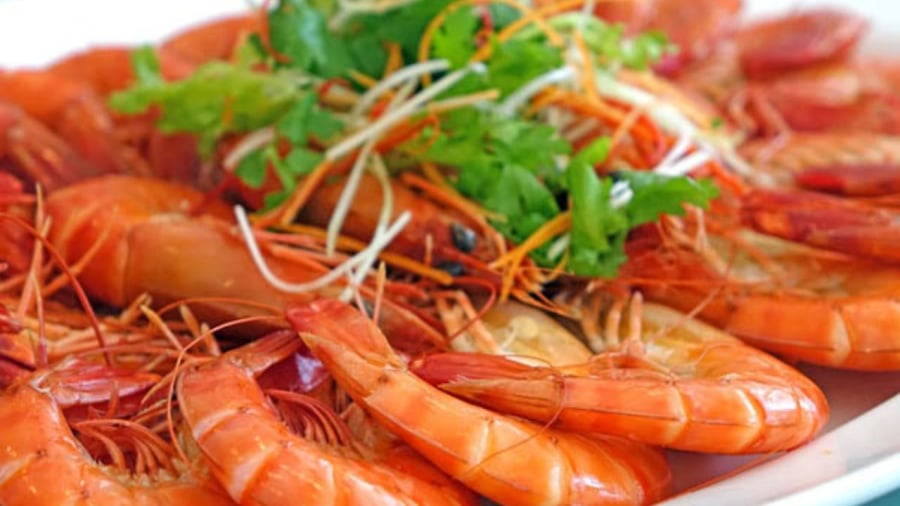
Properly boiled shrimp should be red and tender
After boiling, immediately plunge the shrimp into the prepared ice water to stop the cooking process and firm up the flesh. This step also makes peeling the shrimp easier and prevents them from releasing excess water. Leave the shrimp in the ice water for about 2 minutes, then drain and pat them dry before serving, either with or without the shells, according to your preference.
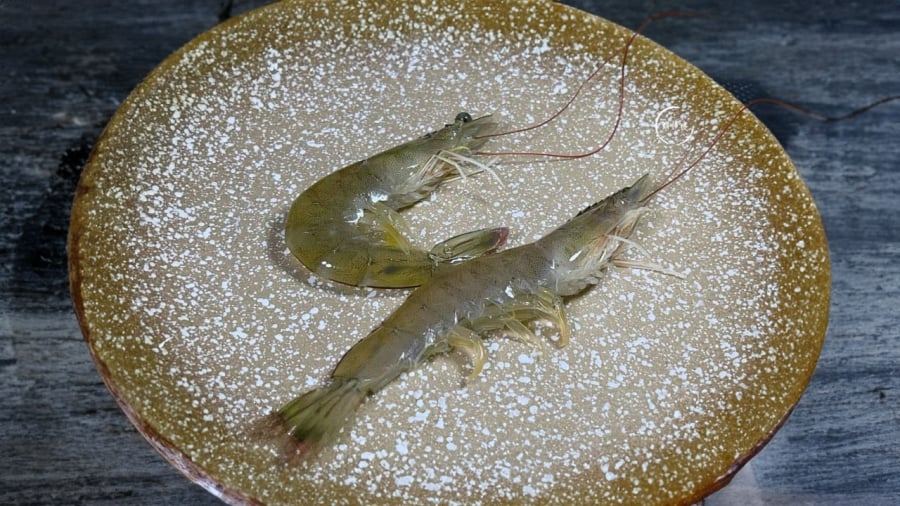
When buying shrimp, avoid those that have been injected with foreign substances or are past their prime
Tips for the Tastiest Boiled Shrimp:
Wine helps neutralize any fishy odor and enhances the color of the shrimp. Always use boiling water to prevent a fishy taste and to seal in the natural sweetness of the shrimp.
To make a delicious seafood dipping sauce, blend together salt, sugar, MSG, lemon or orange juice, condensed milk, kaffir lime leaves, and chili peppers to taste. Adjust the quantities to suit your family’s preferences.
When purchasing shrimp, opt for fresh ones and avoid those that have lost their heads or emit a strange odor. Shrimp that haven’t been injected with chemicals will have firm, yet slightly pliable bodies, and their heads will be curled, not fan-like.
How to Choose Fresh Seafood: Important Cabinet Tips
In recent years, concerns have been raised over the practice of injecting urea and chemicals into seafood, making it difficult to find safe and fresh options. To help, DienmayXANH.com offers some tips on how to select the best seafood available. Seafood is a rich, delicious, and nutritious source of food, and this advice will help ensure you make the most of it.
3 Spices to Limit when Boiling Meat to Preserve Flavor
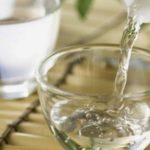 Boiling Meat to Preserve Flavor’>
Boiling Meat to Preserve Flavor’>Are you planning on boiling meat? You should proceed with caution, as 3 popular spices can actually strip away the delicious flavour and scent of your food. Read on to learn why certain spices should be avoided when boiling meat.

























